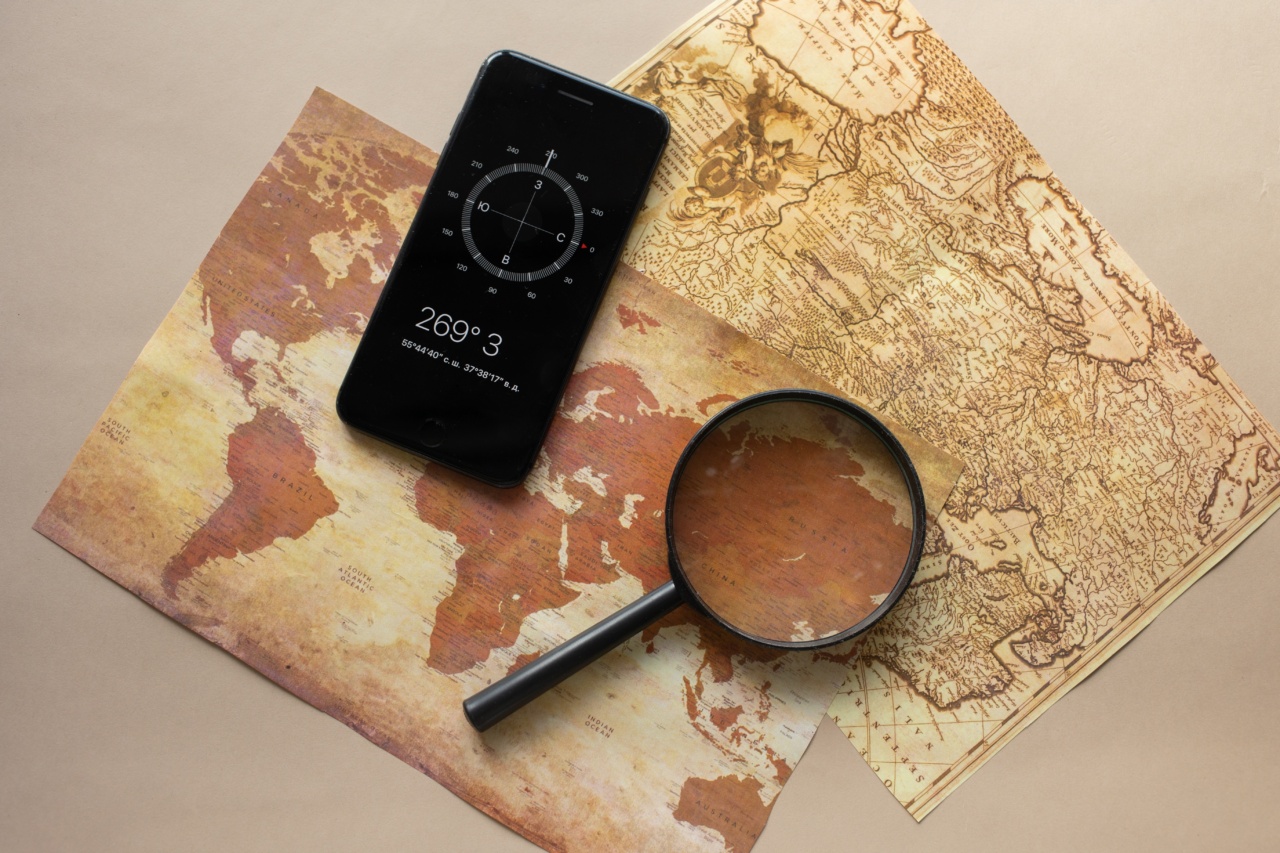Sexual behavior is a complex and diverse aspect of human life that varies widely across different cultures and societies.
Understanding the patterns and attitudes towards sexual behavior can provide valuable insights into societal norms, health outcomes, and individual experiences. With advances in technology and access to data, mapping the world’s sexual behavior has become easier than ever before. An interactive tool that visualizes this data can be a powerful resource for researchers, educators, and policymakers.
Why Map Sexual Behavior?
Mapping sexual behavior allows us to identify patterns, trends, and disparities that exist both within and between countries.
This information can help us understand the factors influencing sexual behavior, such as cultural norms, education, and socio-economic factors. By visualizing the data, we can easily compare and contrast different regions, which can be immensely helpful in identifying areas that may require targeted interventions or research.
Gathering Data on Sexual Behavior
Collecting data on sexual behavior is challenging due to the sensitive and personal nature of the topic. However, various methods can be employed to gather reliable data.
These methods include surveys, interviews, observational studies, and analysis of existing datasets. Anonymity and confidentiality are crucial in ensuring honest and accurate responses from participants.
Creating an Interactive Tool
To map the world’s sexual behavior, an interactive tool can be created that allows users to explore and visualize the data in a user-friendly manner. This tool can include various features:.
- Interactive Maps: The tool can provide a world map where users can hover over countries to view specific data related to sexual behaviors. Different visualizations, such as color-coded maps or heatmaps, can be used to represent different variables.
- Data Filtering: Users can filter the data based on various demographics, including age, gender, sexual orientation, and relationship status. This enables researchers and policymakers to focus on specific populations or groups of interest.
- Comparative Analysis: The tool can allow users to compare sexual behavior data between different countries or regions. This feature can help identify similarities, differences, and potential cultural factors influencing sexual behavior.
- Trends Over Time: The tool can include historical data to analyze trends and changes in sexual behavior over time. This information can be invaluable in assessing the impact of interventions or societal shifts.
- Evidence-Based Information: In addition to visualizing data, the tool can also include evidence-based information on sexual health, contraception, sexually transmitted infections (STIs), and other related topics. This can further educate users and promote informed decision-making.
Benefits and Applications
An interactive tool for mapping the world’s sexual behavior can have numerous benefits and applications:.
- Research: Researchers can utilize the tool to explore sexual behavior patterns and conduct cross-cultural studies. The visualizations generated can provide a deeper understanding of global and regional differences.
- Education: Educators can use the tool to teach students about sexual behavior and cultural diversity. It can serve as a valuable resource for comprehensive sexual education programs.
- Policy Development: Policymakers can make evidence-based decisions by analyzing the data and identifying areas that require targeted interventions. This can contribute to the development of effective sexual health policies and programs.
- Global Health: The tool can help identify regions with higher rates of STIs or risky sexual behaviors, allowing organizations to prioritize resources and develop targeted interventions for prevention and education.
- Advocacy: Activists and advocacy groups can use the tool to raise awareness about disparities and inequalities in sexual behavior outcomes, fostering conversations around sexual rights and health.
Limitations and Considerations
While an interactive tool for mapping sexual behavior can be a powerful tool, it is essential to consider its limitations and potential ethical concerns:.
- Data Quality: The accuracy and reliability of the tool depend on the quality of the underlying data. Ensuring proper data collection methods, including anonymity and confidentiality, is crucial.
- Cultural Sensitivity: Different cultures have varied attitudes towards sexuality, and the tool should respect and acknowledge these differences without perpetuating stereotypes or stigmatization.
- Privacy and Consent: It is essential to obtain informed consent from participants when collecting data. Additionally, privacy concerns should be addressed to protect the anonymity of users.
- Cross-Cultural Comparisons: When comparing sexual behavior across countries, it is important to consider cultural, socio-economic, and historical factors that influence these behaviors.
Conclusion
An interactive tool for mapping the world’s sexual behavior can provide a comprehensive understanding of how sexual behaviors vary globally.
By visualizing the data, researchers, educators, and policymakers can gain valuable insights into cultural norms, health outcomes, and disparities. However, it is crucial to consider ethical considerations and limitations when developing and utilizing such a tool.
Through responsible use, an interactive tool can contribute to better sexual health outcomes, education, and policy development worldwide.






























